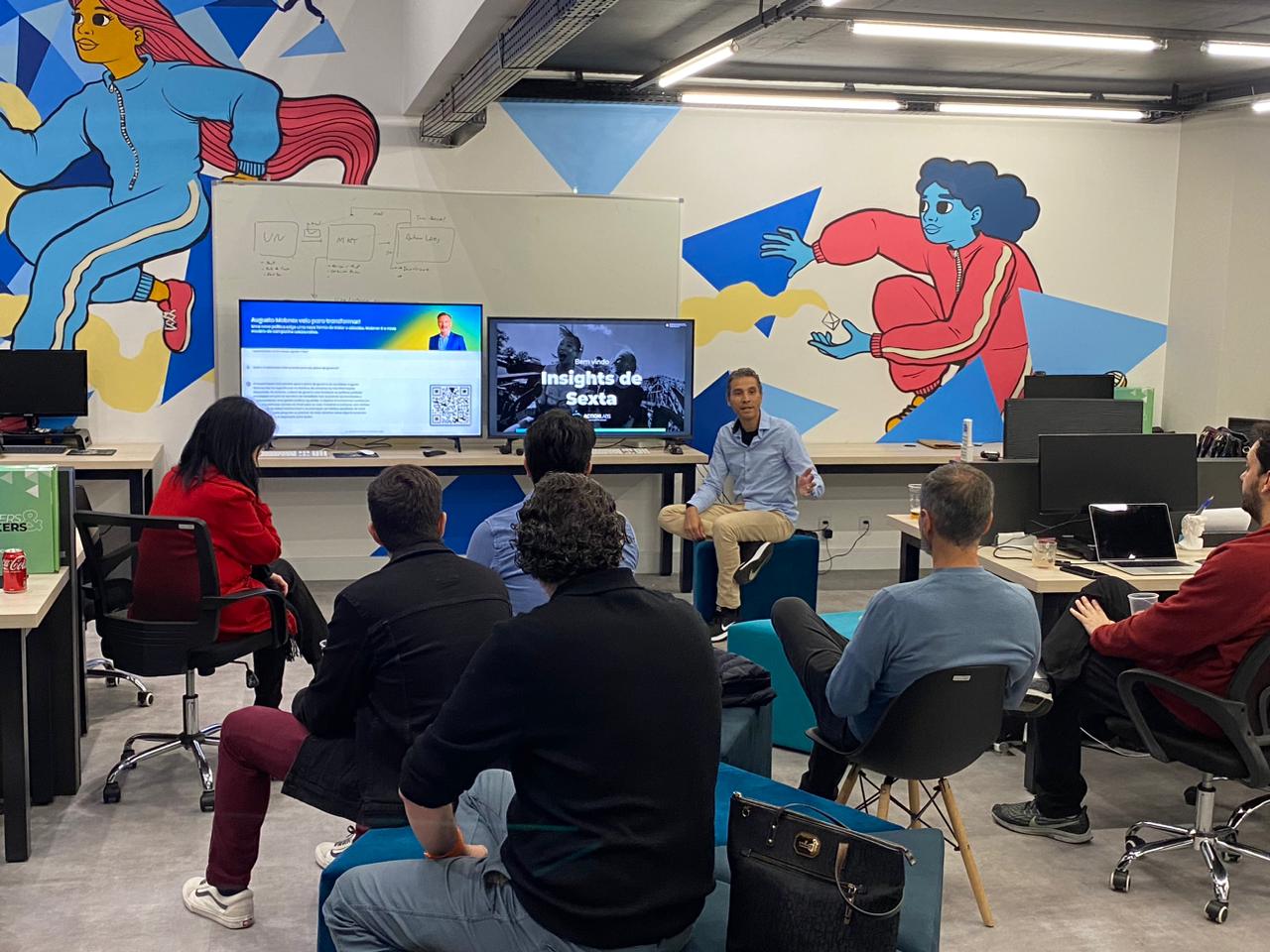The level of intuitivity of an interface is basically related to how simple it is for a first-time user. It is how easily he can reach a goal without previously knowing how the system works. This concept is self-explanatory. Intuitivity is a pretty intuitive term, after all. But it is important to make sure we understand what the term does not mean. Intuitivity does not mean easiness of use. It does not mean the best way to achieve a goal. It does not mean the fastest or shortest way (it is usually not so). The name for that is usability.
Usability is the real measure of “how much effort” is necessary for a user to take an action. In software development, sometimes it is calculated by measuring the distance run by the mouse for a user to execute a command. Context menus (those which appear after you click something with the right button) derive from there. I will talk about them in more detail bellow.
Intuitivity does not mean easiness of use. It does not mean the best way to achieve a goal. It does not mean the fastest or shortest way. Paulo Renato, CCO ActionLabs
Usability x Intuitivity
For the difference between the two terms to be very clear, we will use a very familiar example before talking about websites: computer software. The menus of a software are (or are intended to be) intuitive, they group actions which are related in submenus. And the shortcuts are meant to be practical (though some may twist our fingers).
In Windows, for example, if you want to set up a printer and you have no idea of how you can do it, you can start from the Start menu (which is where everything starts), set up (“set up a printer”, it must be somewhere around here), control panel (well, it is as close as it can get), printers (I found it! I knew I was good at this). This is intuitive, it is somewhat obvious. But it is not usable at all. Something usable would be a shortcut (Ctrl+Alt+Shift+Help) which would take you directly there. But a user would never be able to find this shortcut on his own. So it would not be intuitive.
These two concepts (Usable and Intuitive) do not exclude one another, but they are not totally compatible. They will influence decisions regarding interaction design – the number of levels of a menu in a website, for instance. Generally speaking, horizontal menus (with more options at the first level) are more usable. They require less clicks till user gets to a goal. Vertical menus, on the other hand, (with few options but a lot of submenus) are more intuitive. They do not make the user confused with so many alternatives and they “guide” the user through every step of navigation.
There is no right formula to make this type of decision (by the way, if there is a formula for anything in this world I don’t personally know it. I mean, there is CocaCola’s…), but some aspects must be taken into consideration.
You have to consider
User’s culture:
If you want to be able to understand what is really intuitive to your user, it is necessary to know him and what familiarity he has with the internet. Besides, you must be updated as far as design trends, specially for websites, but also all kinds of communication (graphic, electronic, product, and so far…). It is key to know the user’s familiar symbology.
Para avaliar o que é realmente intuitivo, é necessário conhecer o seu usuário e a familiaridade que ele tem com a internet. Além disso é preciso estar sintonizado com as tendências de design, principalmente de websites mas também de todo tipo de comunicação (gráfica, eletrônica, produtos, etc..). É essencial conhecer a simbologia familiar do usuário.
How often the user uses the tool: in websites that are frequently used, usability tends to be more important than intuitivity. An employee who daily checks the company’s intranet will be willing to use some time reading the “Help” section so that he can learn how to get to the information quickly, but he will not be pleased if he has to go through various levels of menu on a daily basis (or several times a day).
The user’s learning curve: Sometimes it can be worth it to “educate” the user, and create options that are not so intuitive, but which are very usable. You must remember, though, that in this case the user must be a frequent one (using this strategy for one-visit websites would be too risky), but users’ learning curve is surprising. Solutions which are found to be inefficient in usability tests with new users can be very usable for the biggest daily customers (the ones who use the tool more frequently).
As for everything related to internet projects, a balance between usability and intuitivity must be sought for, considering the goals of the company and the demands of users. What we want to show and what users want to see or access. If these aspects are clear, other decisions of the project will become easier to make.




